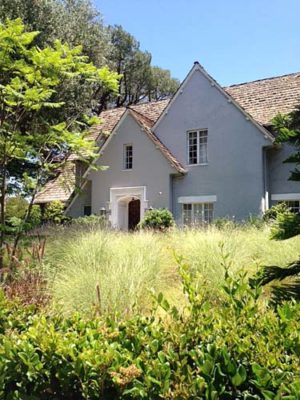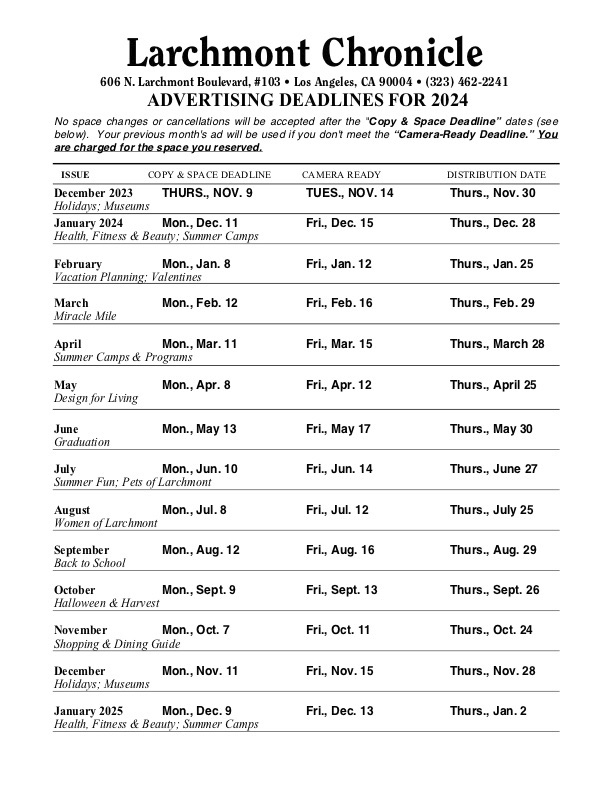Variety of choices to make garden drought-tolerant

ORNAMENTAL GRASSES are used in water-saving designs.
Neighborhood front yards are looking different these days, and it’s not because the David statues on the lawn of a house on Muirfield Road are gone. It’s because homeowners are finding new elements of design in drought-tolerant landscaping.
Ornamental grasses, succulents, even dirt and rocks are being used as part of water-saving designs, and it’s not just here in water-starved Los Angeles. Our friends across the pond at the Royal Horticulture Society of England are promoting “drought-friendly gardening.” You’ll see aloes, not roses, on their suitable plant list.
A lot of homeowners want to conserve water, but are reluctant for fear of resale value, costs, and compatibility with their home’s style. Here’s some news that might have you California dreamin’ about a new front yard.
It doesn’t match my home’s style!
Sure, the Palm Springs look of cactus and succulents is a perfect match for ranch and mid-century modern homes, adding character to sleek architectural lines. And the staples of an arid Mediterranean garden, like rosemary, lavender and olive trees, are a seamless fit with Spanish, Mission and Moorish Revival homes. But what if you want a flowering, whimsical cottage garden to go with your Tudor, bungalow or English country house? Try planting a California meadow.
Claude Marquis of June St. converted her front yard to a meadow of ornamental grasses in 2011. She worked with a designer to compliment the fairy tale architectural theme of her English home. “My daughters were upset when they heard we were going to remove the grass and roses. Now, they play hide and seek in the tall grasses when our nephews come over. ”
The fragrant, swaying plants range from a few inches to several feet high and offer an interesting privacy that allows one to see but not readily be seen. She reads the newspaper in her front garden—something she never did when it was a mowed lawn.
I don’t want to spend a lot of money!
Everyone is budget-conscious these days, and landscaping can be expensive. If you’re willing to roll up your sleeves, you can save money. Try solarization or lasagna sheet mulching to being a do-it-yourself garden project.
Lasagna sheet mulching is for those with a do-it-yourself disposition. You’ll need cardboard, newspapers and mulch. Layer them like you would your favorite pasta dish, then dig a hole through the noodles when they start composting. Pop plants in the holes to start your new garden.
Solarization is a great way to go if you have patience. Cover your yard in a plastic tarp to trap the sun’s radiant heat. This will scorch and kill grass and weed roots. Remove after several weeks and you’ll have a clean slate to begin your new front yard.
If money isn’t a consideration, hire a team to drive in a sod cutter. Douse your front yard with weed killer (Dr. Earths Natural Weed & Grass Killer works great but hard to find—we sourced it at OSH). Replace with water-wise plants, and you’ll only need to water occasionally.
Irrigation can be as simple as replacing sprinkler heads with soaker hoses. It’s easy to hide them in foliage that has varied heights and shapes. Plus, using less water should offset some of your new front yard costs.
I’ll never sell my house without green grass!
Most people want to personalize their new home. If the landscaping doesn’t appeal to a potential buyer it’s not a deal breaker. However, if they fall in love with a well-designed yard, it could be the deciding factor. It’s simple to have sod installed but it takes style to pull off a drought-tolerant yard.
Windsor Square resident and Realtor Janet Loveland said, “If you had help with a landscape design or you’re really talented, it will be appreciated. A wonderful garden can sell a house.”
Curb appeal is in the eye of the beholder so don’t let a desire to save on your water bill or have fun with a garden design keep you from a drought-tolerant plan. It might not be true to say dirt is the new grass. But it’s likely something in between.
Resources
Royal Horticulture Society
http://www.rhs.org.uk/advice/profile?PID=397
Theodore Payne, non-profit California native nursery
http://theodorepayne.org/
Grow Green Nursery, non-profit environmentally-friendly nursery
http://www.rsabg.org/gnn-westwood
California Cactus Center, cactus & succulent nursery
http://www.cactuscenter.com/
Solarization
http://www.ipm.ucdavis.edu/PMG/PESTNOTES/pn74145.html
By Renee Ridgeley
Category: Real Estate


